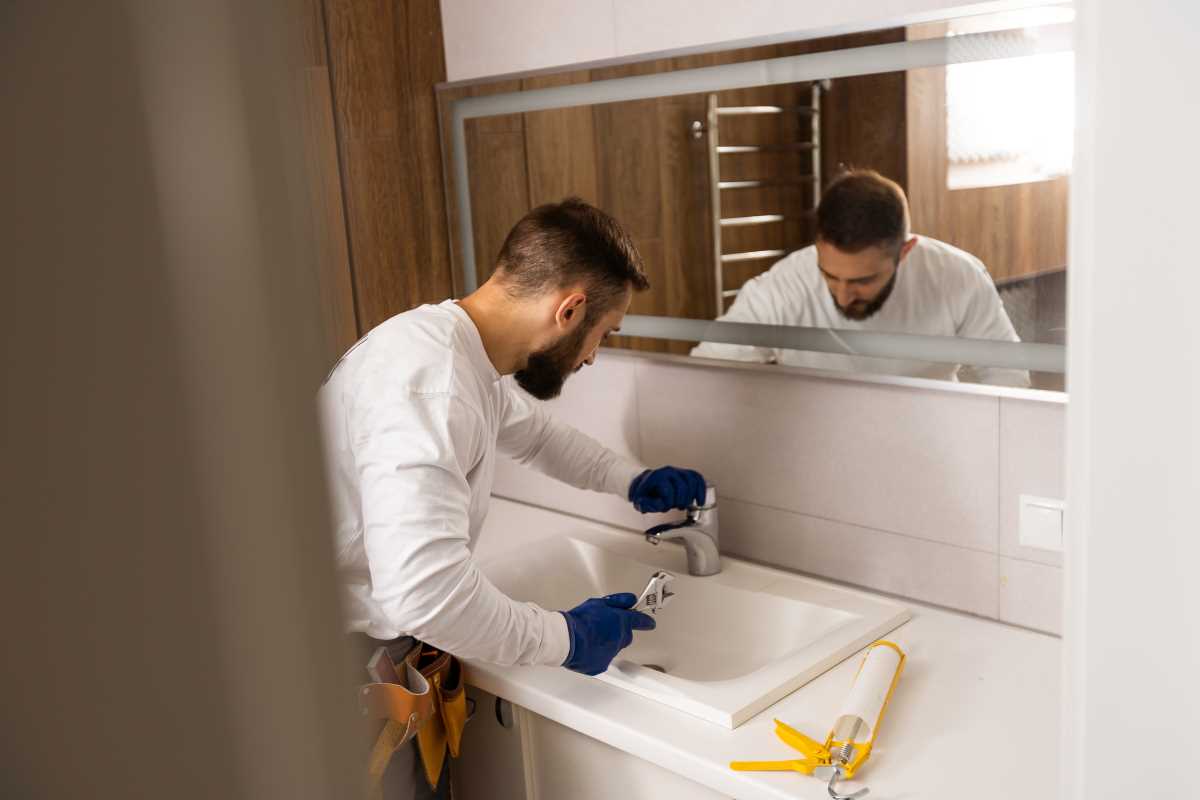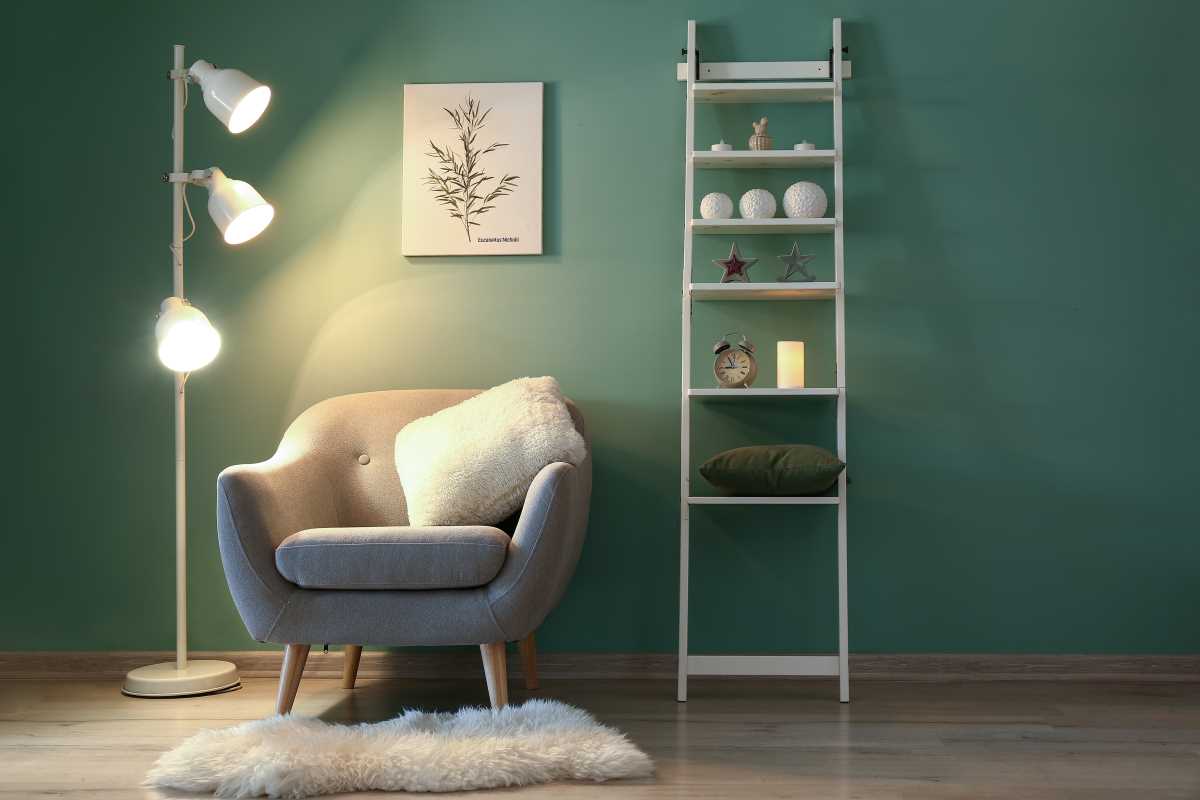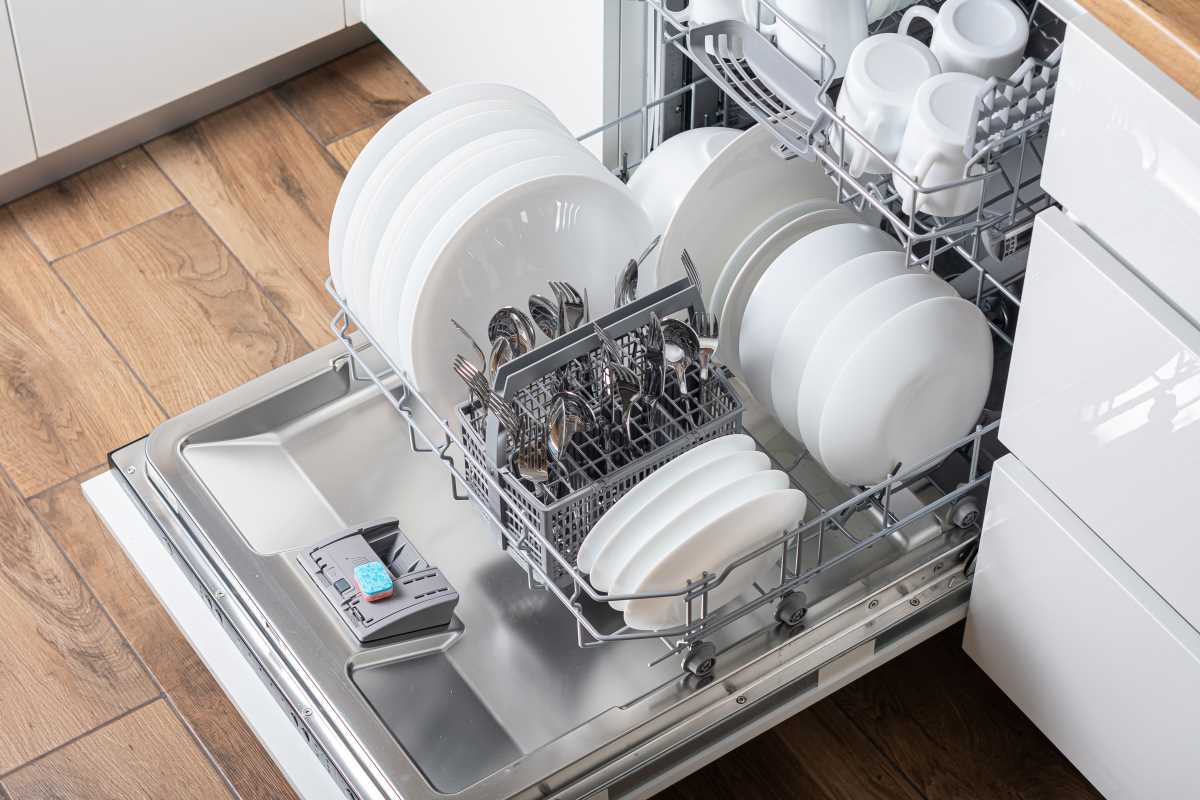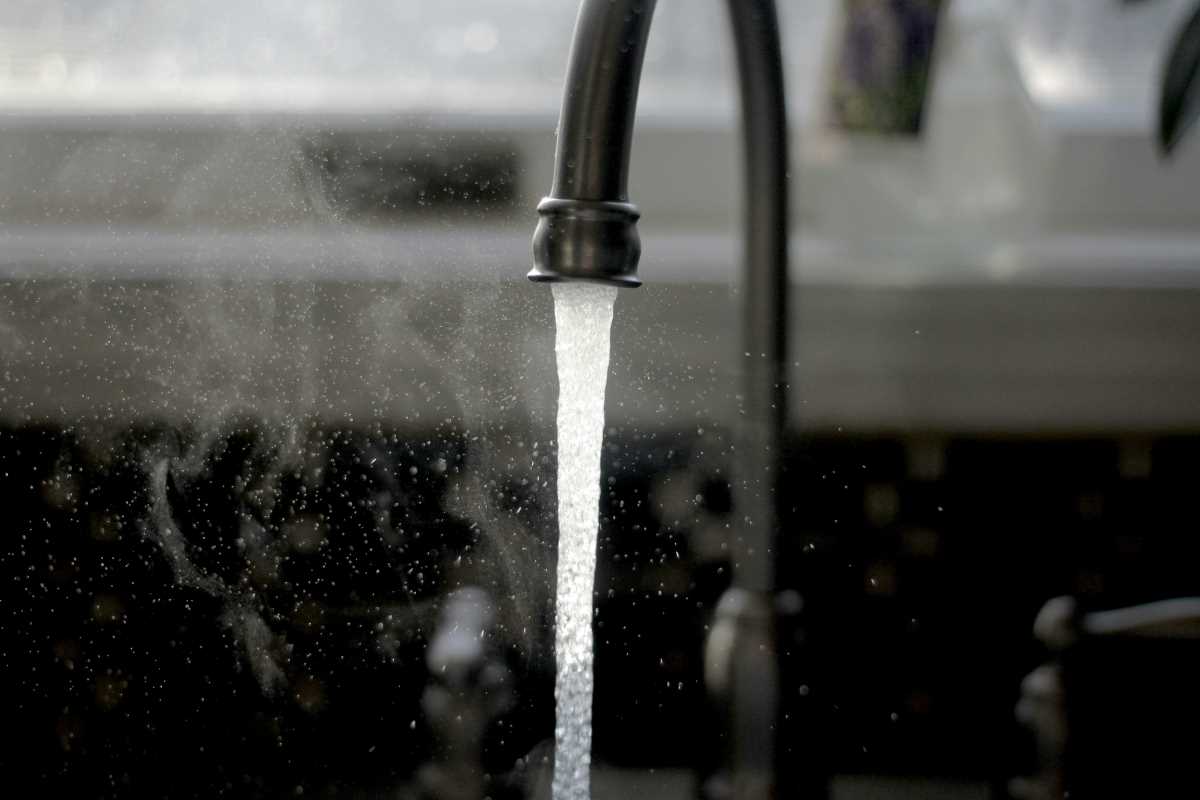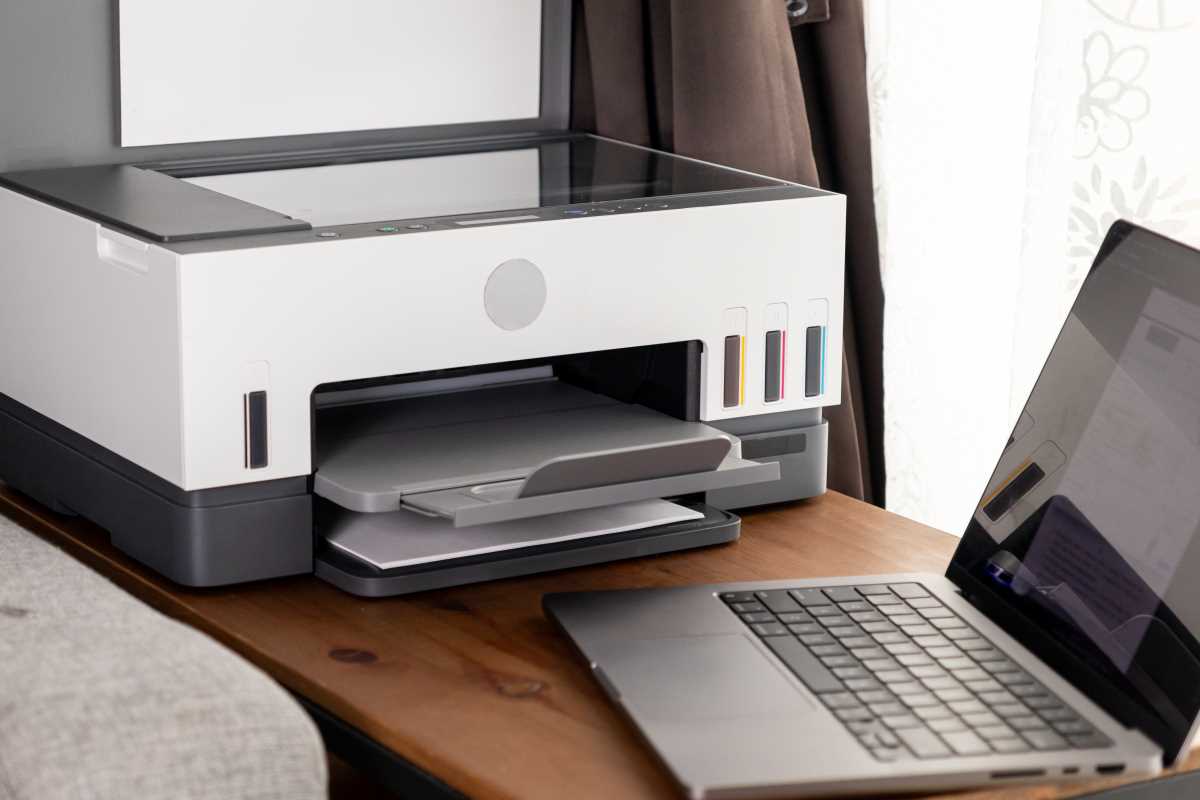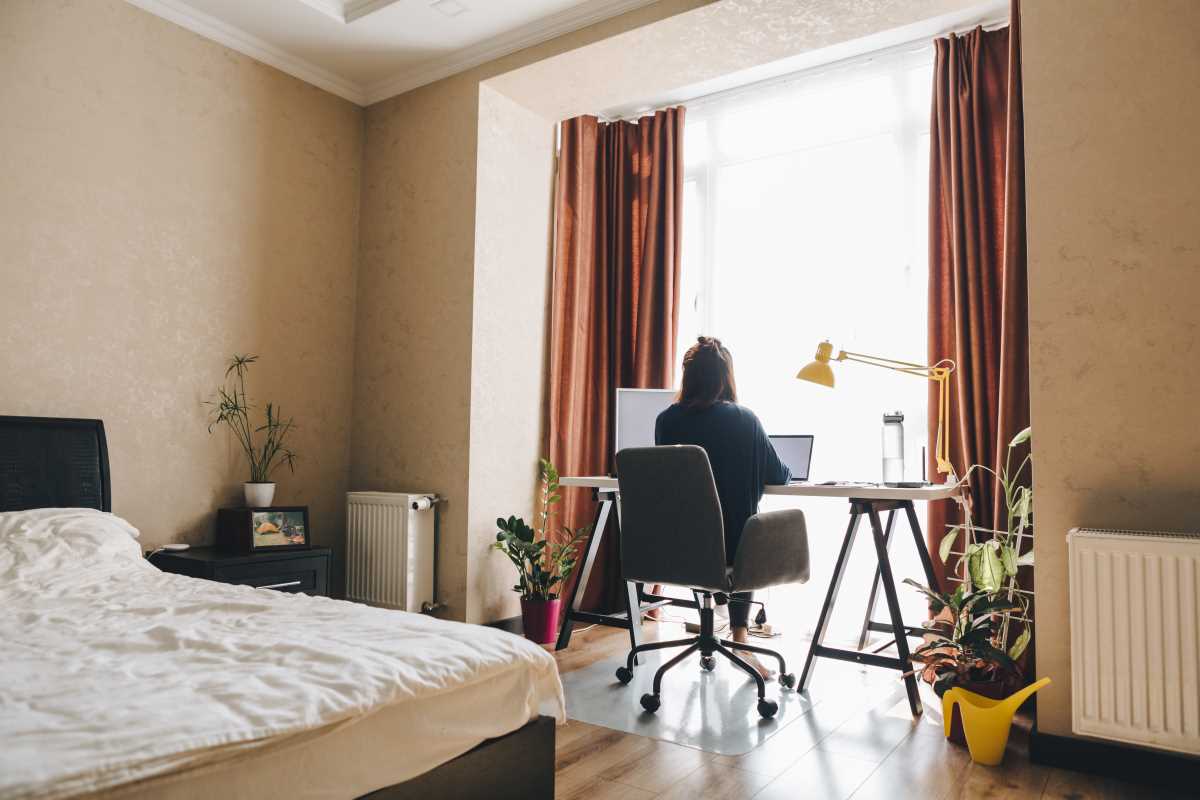A well-maintained plumbing system is essential for ensuring a smoothly functioning home. From providing clean water to eliminating waste, your plumbing works tirelessly every day. However, like any other system, it requires regular care and attention to prevent costly repairs and unexpected emergencies. Routine maintenance not only extends the life of your fixtures and pipes but also safeguards your home from water damage, high utility bills, and unforeseen disruptions. By following a comprehensive checklist, you can stay on top of plumbing upkeep and create a more comfortable, efficient living environment.
Inspecting Your Pipes and Fixtures
The foundation of any functional plumbing system is its network of pipes and fixtures. Over time, wear and tear can lead to leaks, corrosion, or weakened materials that compromise the system’s performance. It’s important to regularly inspect exposed pipes in areas like basements, utility rooms, and below sinks for signs of damage. Look for leaks, rust stains, or condensation that could indicate moisture issues.
Fixtures such as faucets, showerheads, and valves also require routine checks. A slow-dripping faucet may seem harmless, but even small leaks can waste significant amounts of water over time, driving up your water bill. Tightening loose connections or replacing washers can often resolve such issues. Additionally, ensure showerheads and taps maintain consistent water pressure; any drop might indicate a deeper problem within the pipes.
Pay close attention to the areas around sinks, bathtubs, and toilets. Soft spots, discoloration, or water pooling under fixtures could signal a leak beneath the surface. Left unaddressed, these problems can lead to significant water damage and the growth of mold and mildew.
Maintaining Drains and Preventing Clogs
Clogged drains are one of the most common plumbing problems, but they don’t have to be an inevitable inconvenience. Keeping your drains clean and clear requires regular maintenance and mindful usage. Hair, grease, soap residue, and food particles are often the culprits behind blockages, so it’s important to keep these items out of drains wherever possible.
Slow-draining sinks or tubs can be an early warning sign of an impending clog. Using a drain snake or a natural solution like baking soda and vinegar can help remove buildup and restore normal flow. Avoid relying heavily on chemical drain cleaners, as they can damage pipes over time and may not fully solve the issue.
A regular practice to reduce clogs is flushing your drains with hot water to loosen debris and clear minor buildup. Beyond visible clogs, be mindful of how water behaves across your fixtures. For instance, gurgling sounds or water backing up in other drains while one is in use may suggest a more serious issue within the plumbing lines, calling for professional attention.
Checking and Maintaining Your Water Heater
Your water heater is a critical appliance that provides hot water for bathing, cleaning, and cooking. To keep it functioning efficiently, regular maintenance is essential. Sediment buildup at the bottom of the tank is a common problem, especially in areas with hard water. Over time, this sediment reduces efficiency, makes heating water take longer, and may damage the heater.
Flushing the tank annually can remove sediment buildup and improve performance. This involves draining the tank using the manufacturer’s recommended process and refilling it to restore hot water supply. Also, inspect the anode rod, which helps prevent rust inside the tank. If the rod appears heavily corroded, it might be time to replace it to avoid compromising the tank’s integrity.
Check the thermostat to ensure the water is heated to the ideal range, typically around 120 degrees Fahrenheit. Higher settings may pose a scalding risk while unnecessarily increasing energy bills. Keeping a consistent and moderate setting ensures safety and minimizes wear on the heater.
Testing Shut-Off Valves and Emergency Measures
Knowing how to manage your plumbing system during emergencies is an important aspect of homeownership. Regularly testing shut-off valves ensures they are in working order and can be relied upon when needed. Locate the main water shut-off valve, typically found near the water meter or outside, and test its functionality by turning it off and back on. Similarly, test individual shut-off valves located near sinks, toilets, and appliances like dishwashers or washing machines.
Ensure that everyone in your household knows the location of shut-off valves and how to operate them. This knowledge can be vital in preventing extensive water damage in case of a pipe burst or significant leak. Keeping basic emergency tools, like pipe repair tape or a wrench, on hand allows you to enact temporary fixes while awaiting professional help.
Monitoring Water Pressure and Utility Bills
Water pressure that is too high or too low often indicates underlying plumbing issues. High water pressure can place excess strain on pipes, increasing the risk of leaks or burst pipes. Installing a pressure regulator can help moderate pressure and extend the life of your system. On the other hand, persistently low pressure might signal a leak, blockage, or problem with the municipal water supply.
Your monthly water bill is another useful way to monitor your plumbing system’s efficiency. Unexplained spikes in usage may indicate a hidden leak or overactive appliance. Promptly checking your system for leaks or running fixtures can save significant costs and prevent further damage.
The Value of Professional Inspections
While routine DIY maintenance is essential for keeping your plumbing in good shape, professional inspections provide a deeper level of care. Experienced plumbers are trained to detect and address issues that may escape the untrained eye, such as hairline cracks in pipes, deteriorating seals, or early signs of corrosion.
Professional services may also include advanced tools like video camera inspections, which reveal the condition of pipes from the inside. This is especially useful for identifying problems in hard-to-reach areas, such as underground outdoor plumbing or walls.
Working with professionals also brings the assurance that repairs and upgrades meet safety standards and local building codes. Whether it’s replacing aging pipes, upgrading plumbing fixtures, or performing more complex repairs, a licensed plumber ensures the job is done right the first time.
